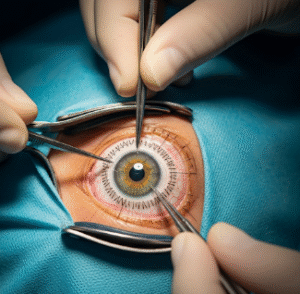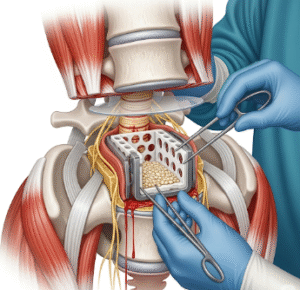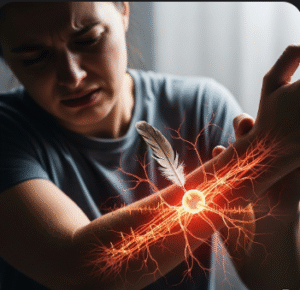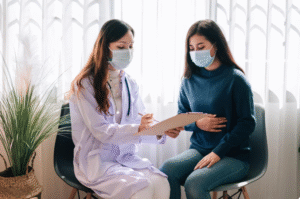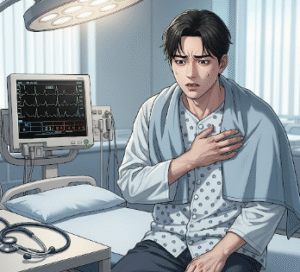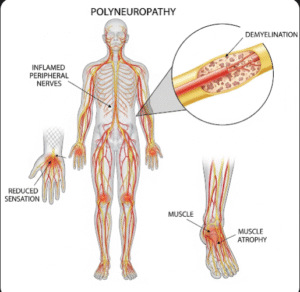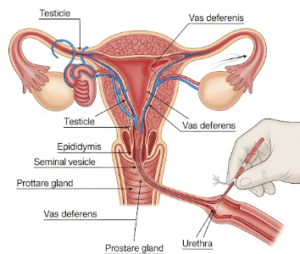Overview
Road rash is a common skin injury caused by scraping or abrasion when the skin comes into contact with rough surfaces, often occurring during falls or accidents involving bicycles, motorcycles, or skateboards. Though usually superficial, road rash can cause pain, risk of infection, and scarring. In Korea, trauma and emergency care units provide effective wound management and rehabilitation to promote healing and prevent complications.
What is Road Rash?
Road rash refers to abrasions and scrapes on the skin caused by friction against rough surfaces, typically after a fall or sliding on pavement. The injury can range from mild superficial scratches to deep wounds exposing underlying tissues.
Symptoms
- Abrasions or scrapes with raw, red skin
- Bleeding and oozing from the wound
- Pain and tenderness at the injury site
- Swelling and redness around the wound
- Risk of dirt or debris contamination
Causes
- Falling or sliding on rough surfaces during activities like cycling, motorcycling, or skating
- Traffic accidents involving pedestrians or riders
- Sports-related falls or collisions
Risk Factors
- Lack of protective clothing or gear
- High-speed falls or accidents
- Outdoor activities on rough or abrasive surfaces
- Inadequate wound cleaning increasing infection risk
Complications
- Infection if the wound is not properly cleaned and cared for
- Scarring or pigmentation changes
- Delayed healing or chronic wounds in severe cases
- Possible involvement of deeper tissues, including muscles or bones
Prevention
- Wearing appropriate protective gear such as helmets, gloves, and padded clothing
- Following safety precautions during high-risk activities
- Immediate and proper wound care after injury
Treatment Options in Korea
Korean emergency and trauma centers provide thorough management of road rash injuries:
- Wound Cleaning and Debridement: Thorough cleaning to remove dirt, debris, and dead tissue.
- Dressing and Bandaging: Use of sterile dressings to protect the wound and promote healing.
- Antibiotics: Topical or oral antibiotics to prevent or treat infection if needed.
- Pain Management: Analgesics to control discomfort.
- Tetanus Prophylaxis: Administered when indicated.
- Follow-Up Care: Monitoring wound healing and managing complications.
- Rehabilitation: Physical therapy if injury affects mobility or deeper tissues.


